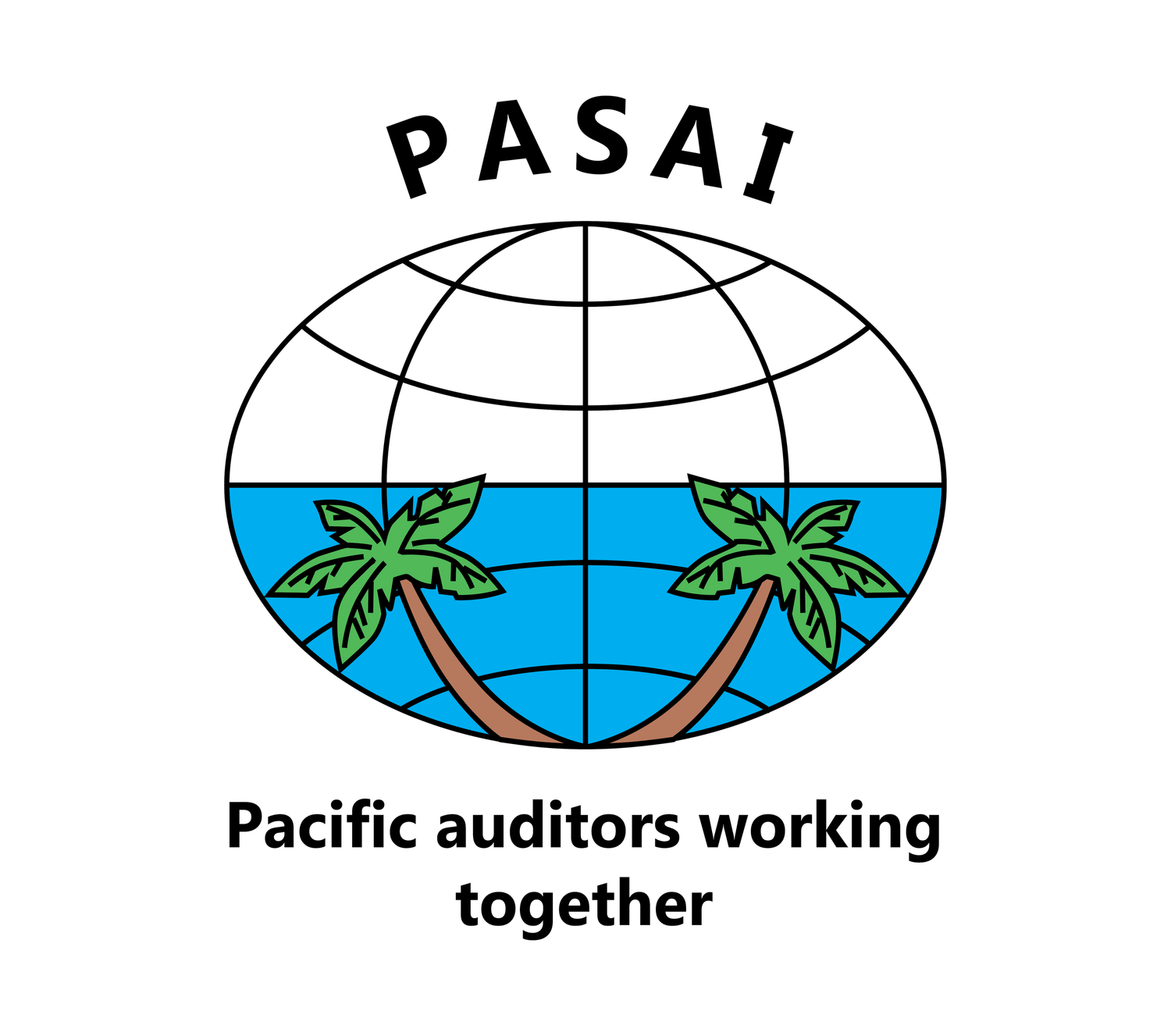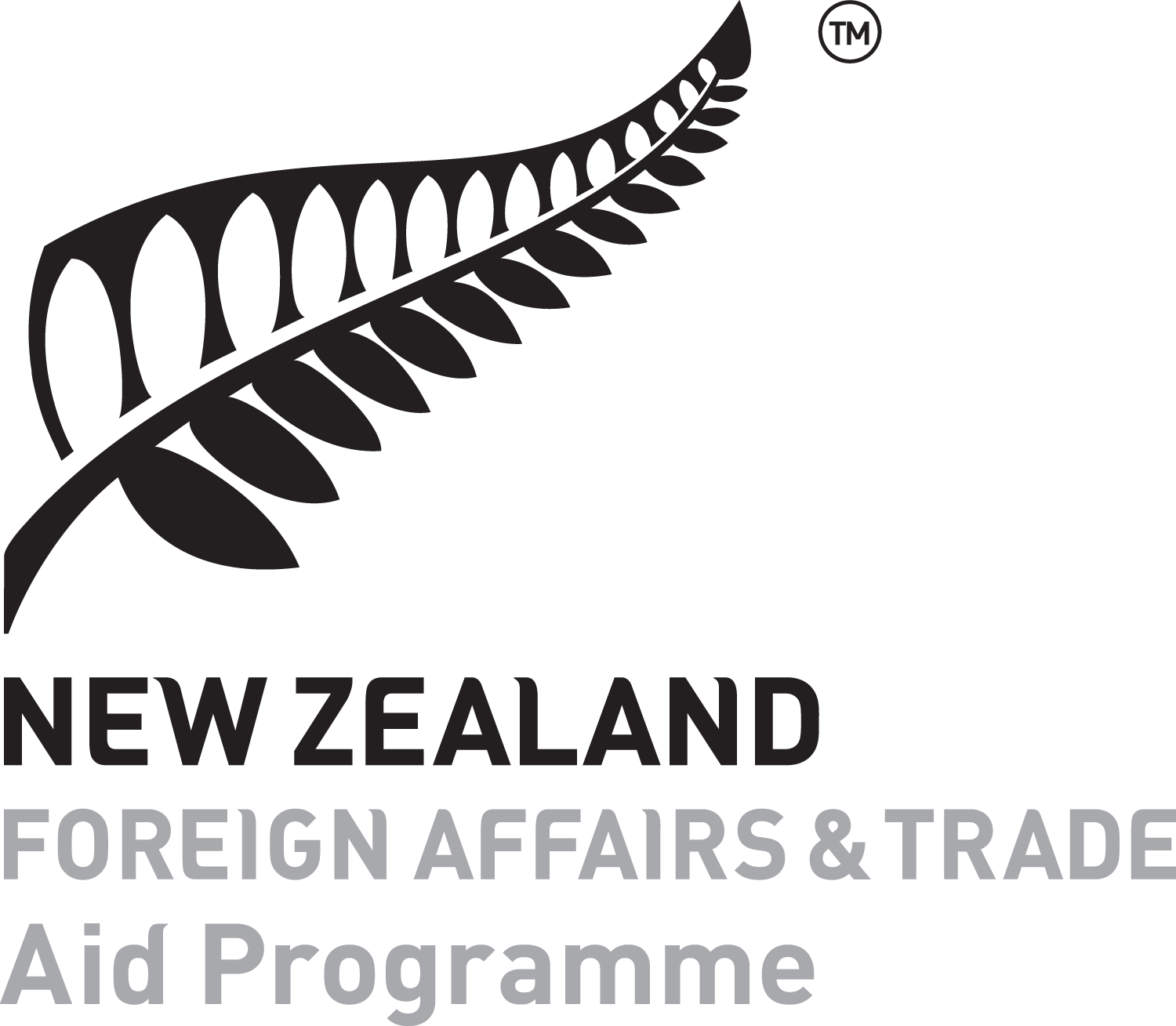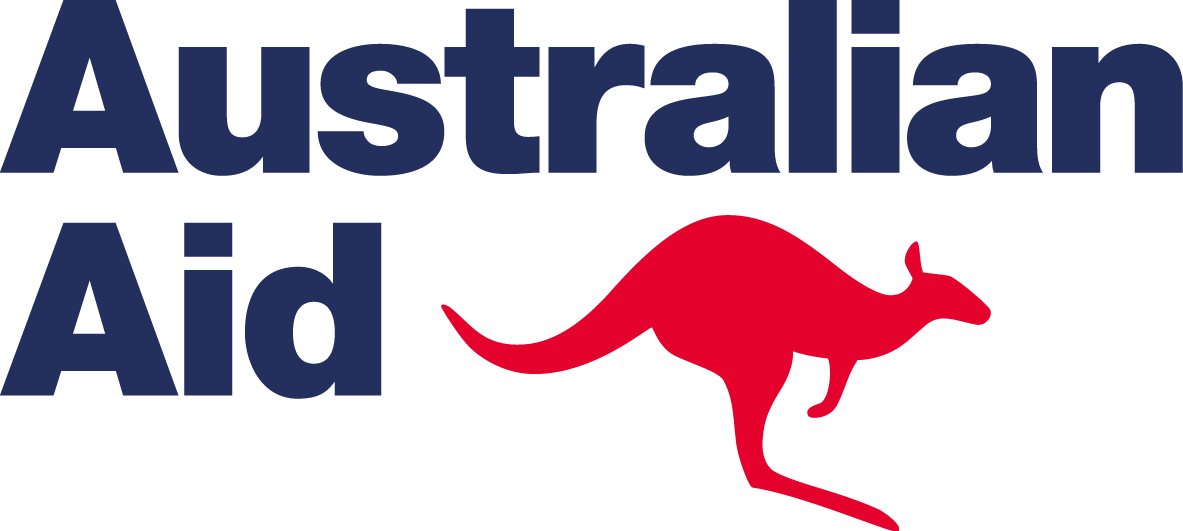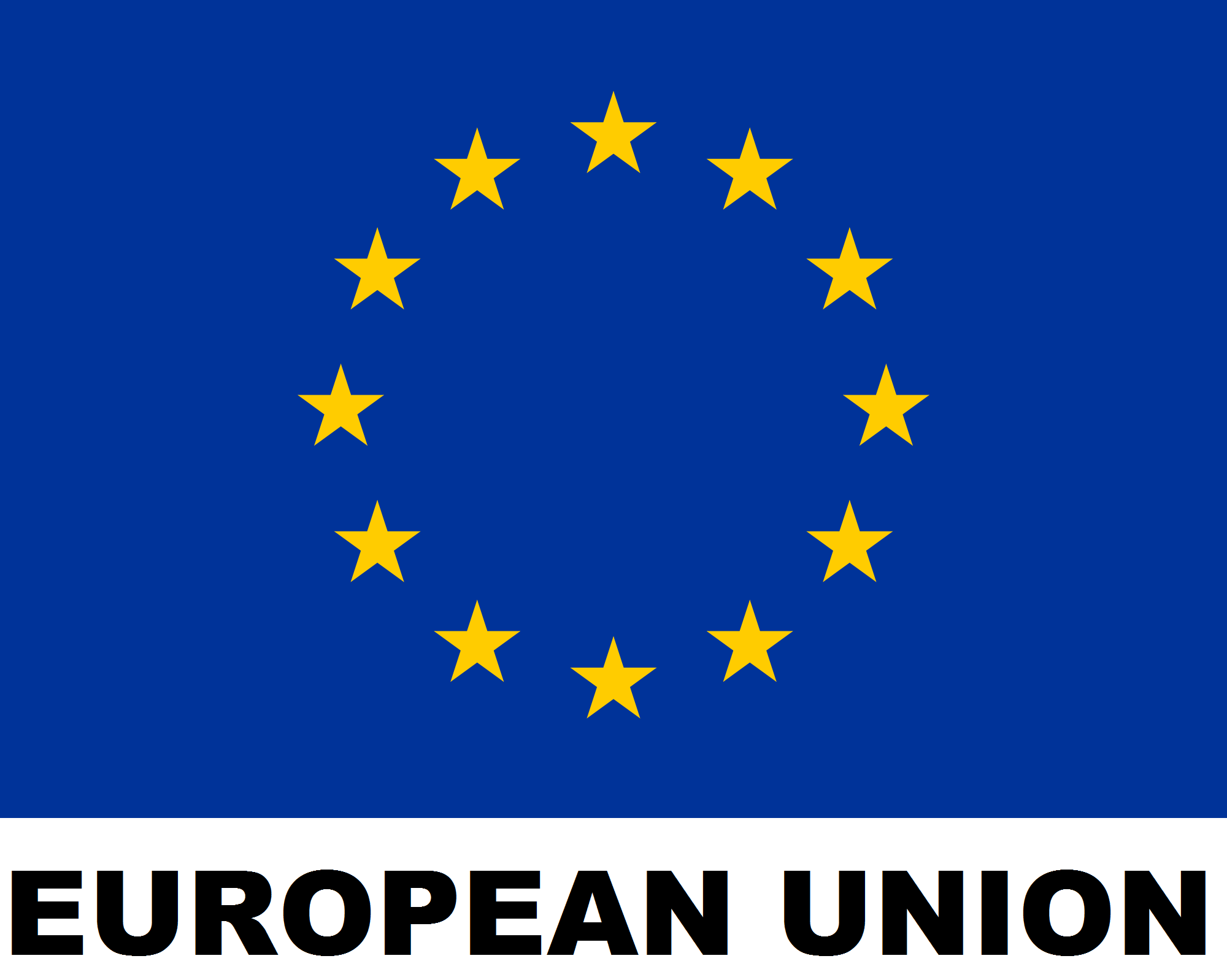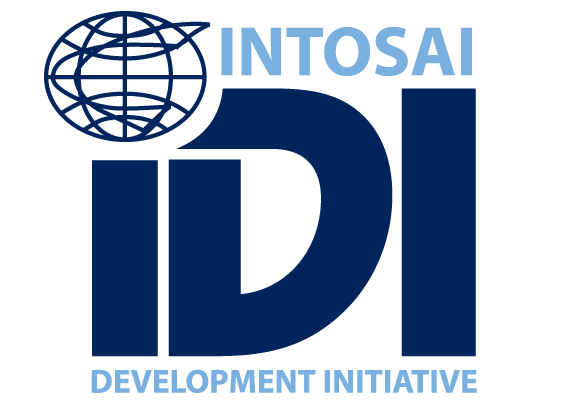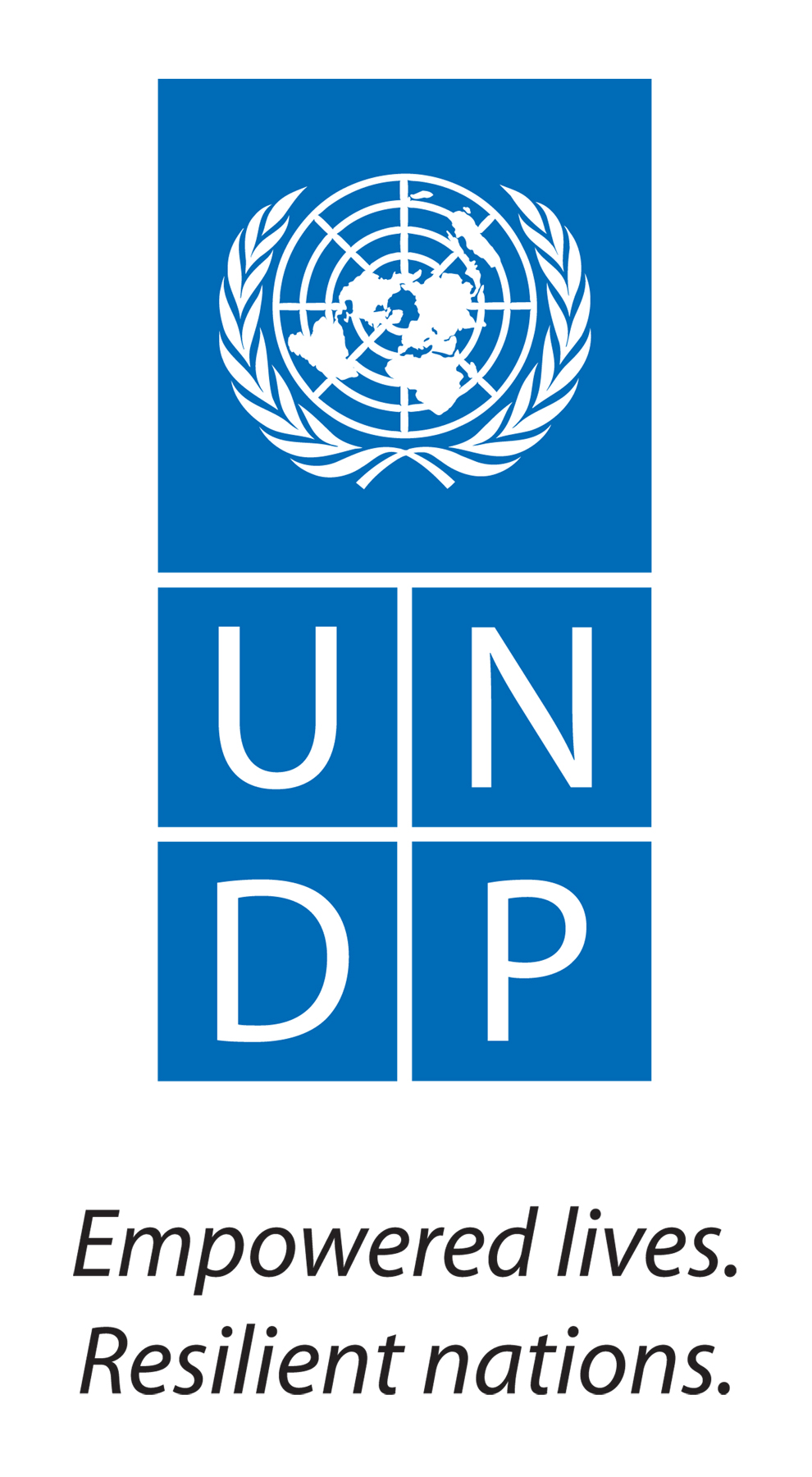THE CHALLENGE
Several smaller island nations in the Pacific have limited auditing capabilities. For example, back in 2009, theTuvalu Office of the Auditor-General (TOAG) and the Kiribati National Audit Office (KNAO) were not completing audits in a timely manner. They had backlogs of audits and struggled to keep up with changes to international financial reporting and auditing standards.
One of their main challenges was in the area of human resources, a typical problem faced by small island nationsin the Pacific. The untimely audit of the government’s accounts entailed reduced accountability for the use of public funds in Tuvalu and in Kiribati, as the Parliaments and the citizens did not receive assurance that funds were spent as intended.
THE RESPONSE
The Pacific Association of Supreme Audit Institutions (PASAI) designed a Sub-regional Audit Support Programme (SAS) to support some of the smaller and most vulnerable SAIs that were facing similar challenges with staff capabilities, audit methodologies and systems. The programme was linked to PASAI’s strategic plan and its work program, the Pacific Regional Audit Initiative (PRAI).
The SAS programme was operational from 2009 to 2016. It supported TOAG and KNAO capacity building by helping them complete financial audits, train SAI personnel and improve information sharing. This effort was made possible by a team of secondees from each participating country and supported by consultants to assist in the audit of public accounts using updated auditing standards.
The Asian Development Bank financed the SAS programme, through the Japan Fund for Poverty Reduction. The Australian Department of Foreign Affairs and Trade and the New Zealand Ministry of Foreign Affairs and Trade have been the primary funders of the PASAI Secretariat, whichhas helped implement the programme.
THE RESULTS
- The KNAO is now up-to-date with the whole of government audits
- The TOAG has audited all financial statements submitted, including the whole of government financial statement for 2015
- The competency, confidence and experience of the staff involved in the SAS programme have significantly increased.
- The timely completion of the whole of government audits has positively contributed to the availability of up to date and reliable financial information for the respective governments in preparing budgets and in formulating relevant policies, which will benefit citizens
The results in PASAI have been made possible with the support of donors who have aligned behind PRAI and PASAI´s strategic plan, leading to well-coordinated support to the SAIs in the region.
PASAI’s regional approach to capacity development has enabled scarce resources to be utilized in an effective way, as synergies have been realized and peer SAIs have worked together to improve performance at the country level. The approach has included staff training and development, sharing resources regionally and aligning policies to strengthen national capacities. This isa good illustration of the key principles for SAI capacity development in the INTOSAI-Donor Memorandum of Understanding.
On the basis of the same regional approach, the INTOSAI- Donor and PASAI secretariats have designed a programme for measuring performance that is in line with PASAI’s regional priorities. Financed by the Australian Department of Foreign Affairs and Trade, this newly developed initiative facilitates SAI Performance Measurement Framework (SAI PMF) assessments for numerous smaller SAIs throughout the Pacific region. Using a combination of self- assessment and peer reviews, the goal is to effectively address the challenges associated with staff and skill limitations.
The TOAG takes part in the SAI PMF programme. The TOAG assessment was conducted in 2016 using a combination of internal assessment and peer review by the Samoa Audit Office with support from PASAI. Following the completion of the draft assessment, the peer review team presented preliminary findings to TOAG management and staff, who acknowledged and accepted the constructive feedback for improvement.
FOR FULL ARTICLE CLICK HERE
SAS committee May 2013
SAS Committee May 2014 - signing new MOU

